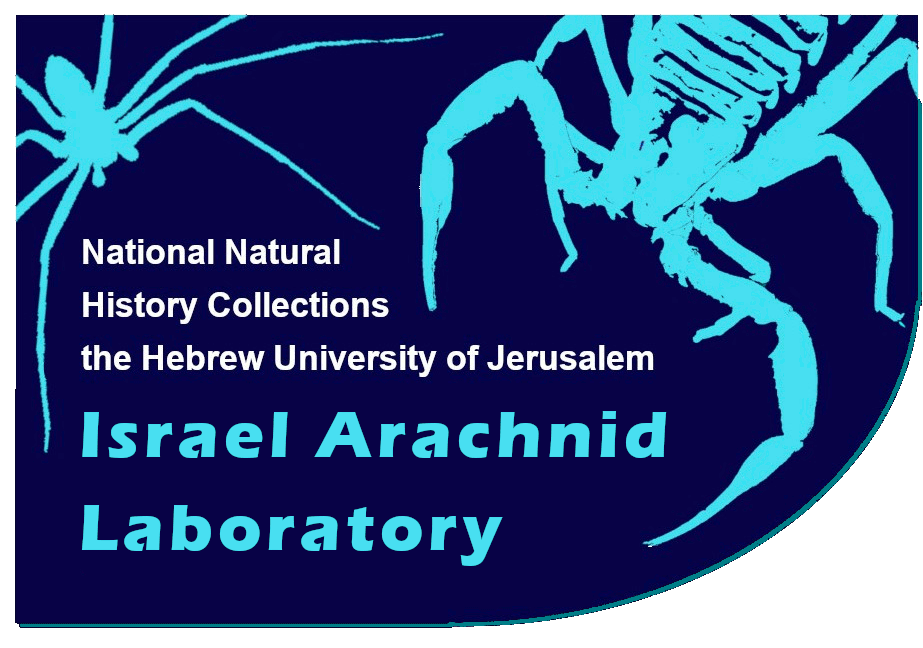

Help us rescue Ayyalon cave and its endemic fauna from extinction
We want to thank more than 6500 signers on the petition to save Ayyalon cave!
The committee will consider all objections during July 2021
We want to thank more than 6500 signers on the petition to save Ayyalon cave!
The committee will consider all objections during July 2021
We want to thank more than 10,000 signers on the petitions to save Ayyalon cave!
The Planning Administration committee will meet on Wednesday July 7th 2021 to hear our objections
- We will update here on the decision
Follow Us On:


Why is Ayyalon cave so special?
The Ayyalon food-web is based on the groundwater in this area, which are characterised by a local anomaly of higher salinity and temperature, absence of oxygen and the presence of hydrogen sulphide.
The water surface in the subterranean lake of Ayyalon cave is partly covered by floating microbial biofilms (mainly Beggiatoa) that provide energy to the fauna based on the oxidation of hydrogen sulphide and without any external food source.
The entire ecosystem of the cave is based on the primary production of these biofilms.
Ayyalon cave
The Ayyalon cave was discovered in 2006 during excavation activities in a limestone quarry in the center of Israel (Nesher-Ramla quarry).
The groundwater of the regional aquifer were exposed in the lowest part of the cave and provided an opportunity to observe its unique fauna: It comprises four endemic species of Aquatic stygobite crustaceans, three endemic species of terrestrial troglobites: a pseudoscorpion, a collembolan, and the remains of a troglobite scorpion. The scorpion is special and different from all known scorpions, and was therefore placed in a new family that was erected especially for this species.
What is the environmental risk?
The Ayyalon river is a seasonal stream that overflows once every few years and blocks the main road of Tel-Aviv, Ayyalon highway, the busiest road in Israel.
The Israeli authorities plan to divert water from the Ayyalon river basin into the Nesher quarry (up to 6 million cubic meters per one event) to tackle this issue.
Based on the rock properties, a similar site nearby and a short distance to the groundwater table, the infiltration rates are expected to be extremely high.
The research team of the Ayyalon cave and fauna have warned that the injection of millions of cubic meters of fresh, cold and oxidised water with high content of suspended matter will cause a dramatic change in the properties of the groundwater in the whole area and is likely to destroy the Ayyalon ecosystem and all its endemic fauna. Unfortunately, the authorities have promoted that plan, and it’s now in the last stages before execution.



















